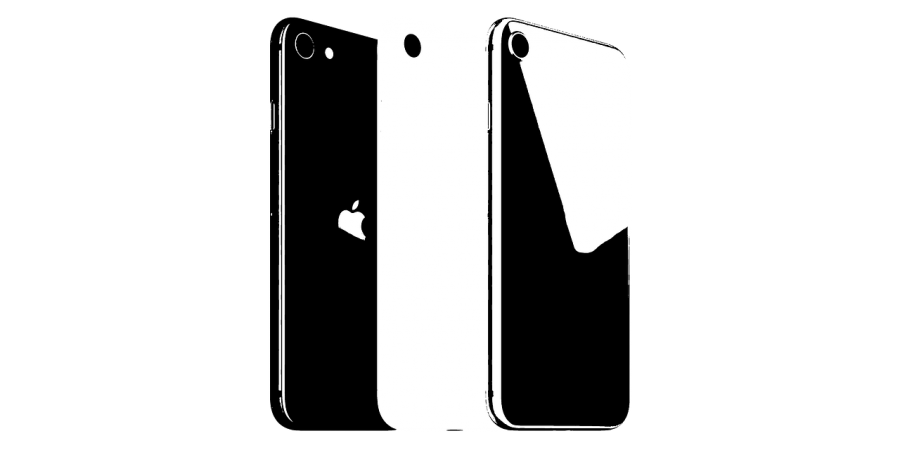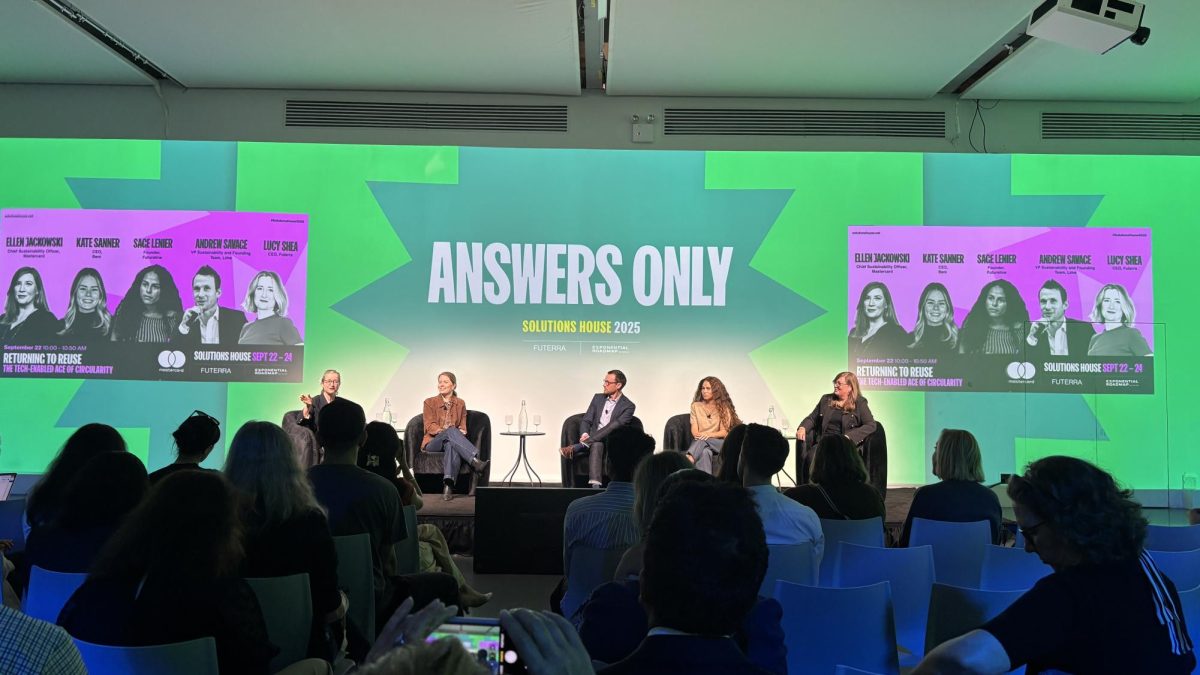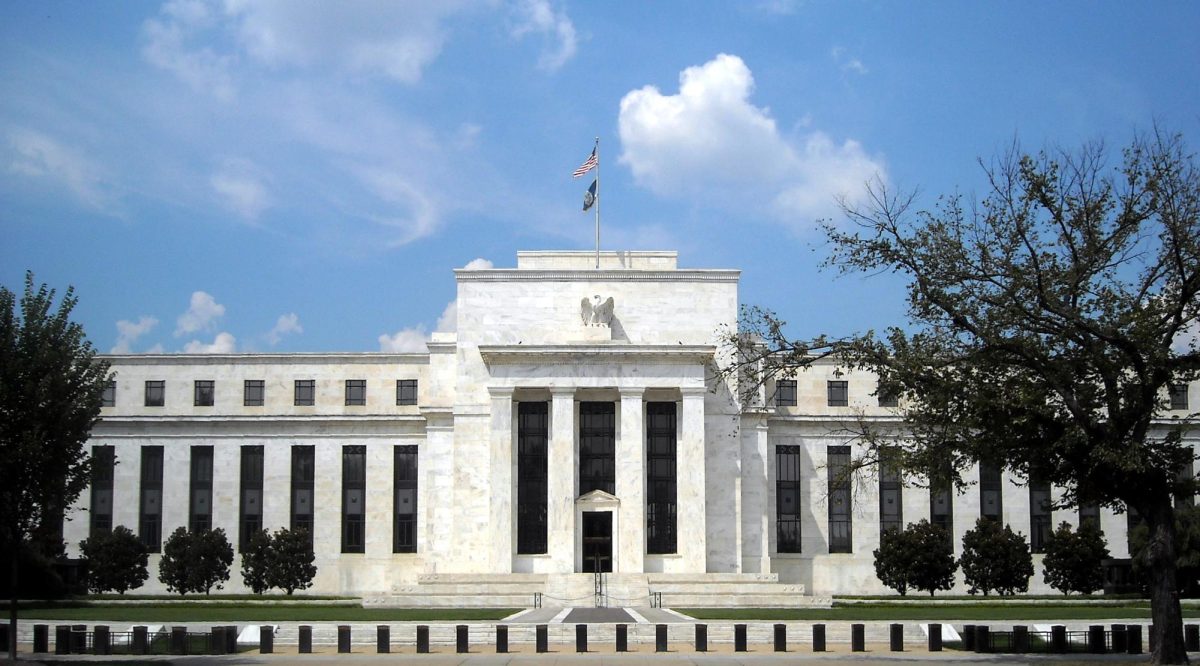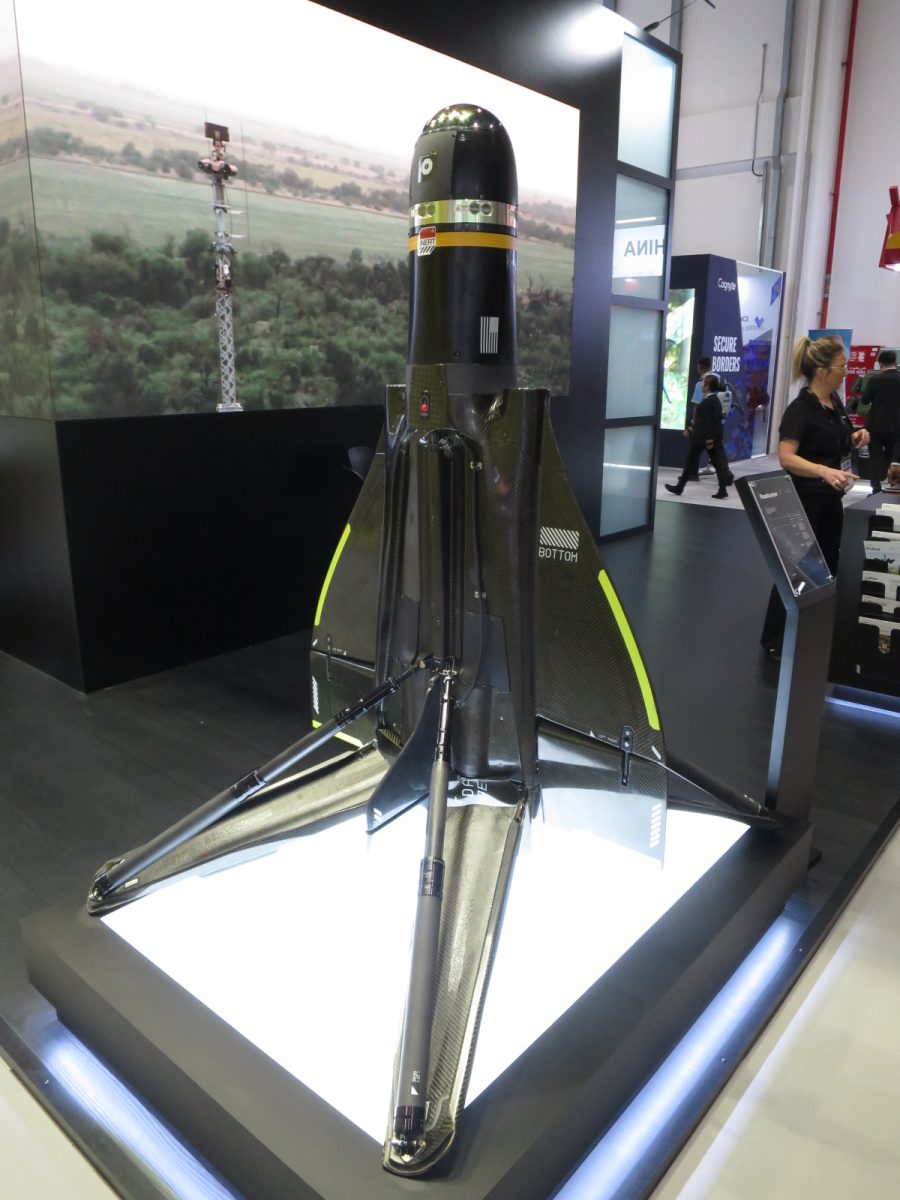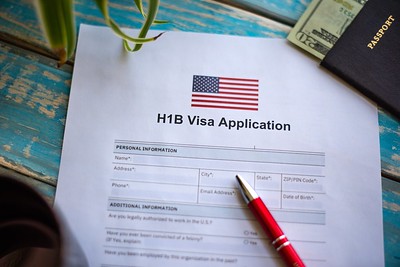Many believe Apple Inc.’s new iPhone SE will be successful, despite experts saying the economy is inching towards a recession.
On April 15, Apple issued a press release about the product. Some were skeptical of Apple’s timing and whether the product would garner success, especially considering that millions of Americans have lost their jobs during the pandemic.
Additionally, some consumers are simply numb to the idea of a new phone altogether because Apple pumps out new products every year, with little difference between them.
However, the iPhone SE’s engineering occurred before the discovery of the first coronavirus case in December 2019. It was scheduled to be released earlier this year but the release was halted due to the COVID-19 outbreak. Hence, despite widespread belief, the iPhone SE isn’t Apple’s desperate cry to consumers to boost sales.
The iPhone SE sells for a significantly lower price of $399 than most Apple iPhones. This may appeal to some consumers who are loyal to Apple’s branding, but truthfully a lot of consumers are just loyal to their existing products — if it isn’t broken, why replace it?
When over 22 million Americans have lost their jobs due to the pandemic, it is worth wondering if releasing a new and cheaper phone was strategic marketing or poorly timed. Although the phone is frequently referred to as cheap, affordable or a budget-phone, it doesn’t feel cheap. Having features like wireless charging, this new phone may tie into the success of a bigger marketing ploy — making consumers feel like they can afford an item from a luxury brand.
On average, Americans replace their phones every 3 years, according to The New York Times. They don’t want to pay $1,000 for a new phone annually, even if Apple offers compelling low prices. Consumers see no reason to trade in an existing, functioning iPhone for a new and upgraded version.
Apple’s ever-increasing prices for its previous products targeted upper and middle-class consumers. Gradually, the company started putting out new products annually, making its previous year’s products more affordable for middle to low-income consumers.
To put the iPhone SE’s pricing in perspective, the phone retails at the same starting price as the Google Pixel 3a. Given the competitive pricing for the iPhone SE, some Android consumers might consider switching to Apple.
There are also consumers who are referring to the iPhone SE as the new iPhone 5c, which sold at a range of $199-$399 in 2013, depending on storage options. Others are calling the iPhone SE a relaunch of the iPhone 8.
Although the iPhone 8 and iPhone SE share the same camera megapixel and video recording specifications, the iPhone SE has a faster A13 Bionic processor, which is also found in the iPhone 11, 11 Pro and 11 Pro Max.
The iPhone SE’s target audience is most likely those who have an iPhone 8 or older because consumers who already own an iPhone XR or newer model might not be too eager to buy a smaller screen phone with lesser quality specs, unless they are looking for an affordable replacement to a malfunctioning phone.
Apple’s pricing allows for the brand to truly be all-inclusive because there is a product for everyone. Consumers’ budgets can now range from as costly as Apple’s $1,000 phones and $200 AirPods to as affordable as its $399 phones and $30 wired earbuds.
In addition to expanding its consumer base through inclusivity, Apple’s motives, like any other brand, are driven by finances. Apple’s iPhone sales could drop as much as 36% due to the coronavirus pandemic. The release of the iPhone SE could help increase Apple’s sales, according to a group of Goldman Sachs analysts.
Regardless of what Apple’s intentions were for releasing what some folks mockingly refer to as the “Stimulus Edition phone,” no other phone tech company has released new products since America’s COVID-19 lockdown. With nothing to compare the iPhone SE to but older phones from other companies or with Apple’s older and high-end models, the iPhone SE has a competitive edge in the modern market.


